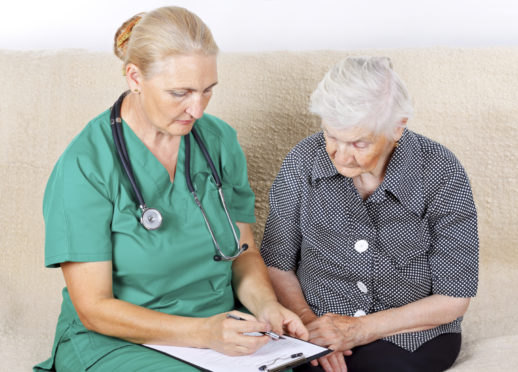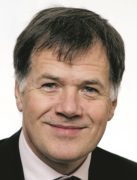I arrive at a home visit, doctor’s bag in one hand, computer summary printout in the other, and knock.
No answer. I knock again. I start to wonder how concerned I should be. The door is unlocked, so I enter.
“Hello? It’s the doctor.”
Nothing. A search of the downstairs fails to locate my patient. Upstairs, nothing. I put on my reading glasses and double check my notes.
Ah. I am in the wrong house.
Red-faced, I retreat back down the path, wondering if the neighbours have called the police, and compose myself to find where I should have been all along.
Houses in rural areas are not always easy to find and even in towns, names or numbers often aren’t obvious from the street. Our old paper folders of patient notes were often decorated with sketched maps on their cover alongside helpful directions borne of years of experience, though advice from a colour-blind former colleague to ‘turn left at the pink house’ or ‘go through the green gate’ would often prove perplexing for everyone.
But these scribbles were often essential as we set off into the furthest reaches of our vast practice area, beyond the safety of the last phone box, along dead-end roads and rickety tracks where our only waypoints might be an old red barn, a waterfall or a pylon.
Our fancy new computer records have no such artistic flexibility. In theory we can call up directions at the touch of a button, but Satnav can be falsely reassuring when a single postcode can cover a bewilderingly large area of rural Scotland. And when we get lost and have to stop and phone for directions, we rely on mobile phone coverage which is invariably far sketchier than the phone providers advertise.
Fortunately, our practice staff live all across our patch and we always know who to ask for directions before we set out. Is it just my practice that has the quaint habit of giving directions using landmarks that are no longer there and indeed, may not have been there for decades? I have been working in Dingwall Medical Group since 1991 and have no memory of the Old Knackery at Alcaig, or the Old Piggery at Newton of Ferintosh. The Big Grey Shed at Alcaig junction was demolished about ten years ago yet still we add these important landmarks into our directions. What’s more, it’s touching how they become accepted by new colleagues, just as I accepted them before, the difference being it’s now me who’s issuing them, rather than parked in a lay-by, puzzling them out.
Home visits have always been part of the routine of a GP. At the start of the NHS, most care was delivered this way but nowadays, when every second of our time is crammed with paperwork and other practice duties, setting out on a home visit round can often be a welcome respite from the daily grind. Without my home visits, especially in winter, I can come home unaware of what the weather was like all day – or indeed – whether the sun rose at all.
I love the chance to notice the wind in my face, the first snowdrops, the widgeon and the pink-footed geese visiting from colder climes. The smell of autumn in the woods, or the seasonal changes of Ben Wyvis from its stark white tops in winter to the soft greens of summer. I talk to my patients about the importance of “just being”, taking time to pause and absorb the restorative effects of our environment and out in the wilds, on visits, I am glad to get a taste of my own medicine. It’s what living and working in the Highlands is all about.
But heading out on visits is not all rhododendrons and nice cups of tea in cosy kitchens. There’s apprehension, too.
Equipped only with the contents of the boot of my car and my doctor’s bag, I often feel vulnerable. Why is this? Well, let’s be real. I’m all alone, knocking on a stranger’s door, often with little clear idea of what I’m facing, no backup if things go wrong and no third party to vouch for me if there’s a misunderstanding. It is far from the safe clinical environment we were taught in at medical school.
It’s just as well I love my patients and my job. Because this is the heart and soul of what I do. I go out in good faith, to see you in your home because you can’t come in to see me. I care about your wellbeing and want you to get better.
And back to my uninvited visit to the wrong house with the unlocked door. Usually, it is not the wrong house. It’s the right house and its occupant needs my help.
Dr Miles Mack is a GP in the Highlands and the former chair of the Royal College of General Practitioners Scotland

